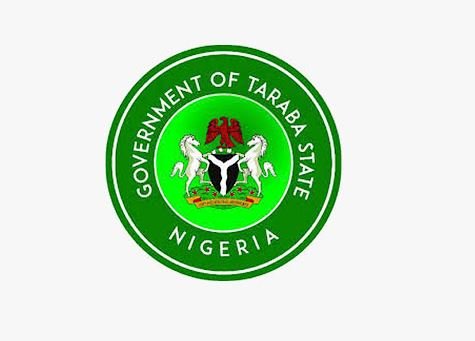Taraba State’s population in 2025 is projected to be about 3.93 million. This estimate shows an increase of approximately 8.9% from the 2022 population of 3,609,800, with a growth rate of 2.9% per year indicating a steady rise in the number of people living in the state.
READ ALSO: Facts About Anambra State Population (2025)
How Has Taraba State’s Population Changed Over the Years?
Taraba State, located in northeastern Nigeria, was established on August 27, 1991, during the military government of General Ibrahim Babangida.
It was created from the southwestern part of the former Gongola State to improve governance and development. The state is named after the Taraba River, which flows through its lands, and its capital is Jalingo.
Historically, Jalingo became notable in 1892 when it was established as the headquarters of the Emirate under Alhaji Abubakar Muhammadu Nya.
Today, Taraba is recognized for its diverse culture, with over 80 ethnic groups and more than 70 languages, making it one of Nigeria’s most culturally rich states.
Since its creation, the population of Taraba State has steadily increased. When the state was established in 1991, its population was estimated at around 2.5 million.
However, by the time of the 2006 national census, the population was reported to be approximately 2.3 million. Some experts believe this number was likely underestimated, as remote areas of the state may not have been fully counted.
From 2006 to 2022, Taraba experienced an average annual growth rate of about 2.9%. By 2022, the population was estimated to have grown to 3,609,800. This growth has been affected by natural increases, where births outnumber deaths.
In 2025, projections based on the same growth rate suggest that Taraba’s population will reach around 3.93 million, with an increase of about 8.9% from 2022. Like other parts of Nigeria, Taraba’s growth is influenced by high fertility rates and a youthful population.
READ ALSO: Facts About Akwa Ibom State Population (2025)
Taraba State Population By Local Government Area
| No | Local Government Area | Population Projection (2025) |
|---|---|---|
| 1 | Ardo-Kola | 150,400 |
| 2 | Bali | 361,600 |
| 3 | Disputed Areas | 34,200 |
| 4 | Donga | 228,000 |
| 5 | Gashaka | 149,300 |
| 6 | Gassol | 419,600 |
| 7 | Ibi | 144,300 |
| 8 | Jalingo | 240,300 |
| 9 | Karim-Lamido | 332,200 |
| 10 | Kurmi | 156,300 |
| 11 | Lau | 162,900 |
| 12 | Sardauna | 384,000 |
| 13 | Takum | 230,300 |
| 14 | Ussa | 155,800 |
| 15 | Wukari | 406,900 |
| 16 | Yorro | 154,100 |
| 17 | Zing | 218,600 |
READ ALSO: Facts About Adamawa State Population (2025)
The Demographics Of Taraba State
Age
| Age Group | Percentage | Population Estimate |
|---|---|---|
| 0–14 years | 41.7% | 1,638,510 |
| 15–64 years | 54.9% | 2,157,270 |
| 65 years and over | 3.3% | 129,220 |
Gender
| Gender | Population Estimation |
|---|---|
| Female | 1,996,500 |
| Male | 1,933,500 |
READ ALSO: Facts About Akwa Ibom State Population (2025)
Ethnicity
| Ethnicity Group | Population Estimation |
|---|---|
| Fulani | 800,000 |
| Jukun | 700,000 |
| Mambilla | 600,000 |
| Mumuye | 500,000 |
| Tiv | 400,000 |
| Kuteb | 300,000 |
| Others (40+ groups) | 630,000 |
READ ALSO: Facts About Benue State Population in 2025
Urban And Rural Population
| Area | Percentage | Population Estimation |
|---|---|---|
| Urban | 16.2% | 636,360 |
| Rural | 83.8% | 3,293,640 |

